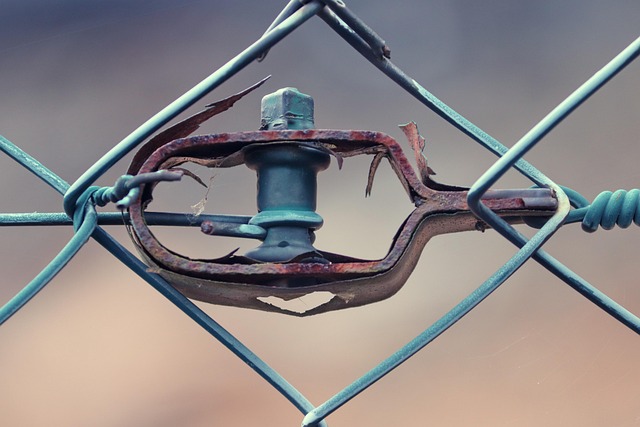New Bedford, MA, is embracing sustainable practices, and eco-friendly fencing materials are at the forefront of this movement. This article explores the diverse options available to local communities, delving into the benefits of biodegradable over traditional materials. We will discuss how these innovations enhance urban spaces while promoting environmental health. By adopting eco-fencing, New Bedford can lead the way in creating a greener and more sustainable future.
- Exploring Eco-Friendly Fencing Options in New Bedford
- Benefits of Sustainable Fencing for Local Communities
- The Environmental Impact: Biodegradable vs Traditional Materials
- Design Possibilities: Enhancing Urban Spaces with Eco-Fencing
Exploring Eco-Friendly Fencing Options in New Bedford
New Bedford, MA, like many cities, is embracing sustainable living practices, and this trend extends to fencing options. Eco-friendly fencing materials are gaining popularity due to their minimal environmental impact and numerous benefits. Residents and local authorities are increasingly exploring these alternatives, not just for aesthetic reasons but also as a way to contribute to a greener community.
The city’s commitment to sustainability opens up a range of possibilities, from recycled plastic fences that mimic traditional looks to organic materials like bamboo or wood from sustainably managed forests. These choices offer both visual appeal and practical advantages, such as reduced maintenance, longer lifespans, and decreased environmental pollution compared to conventional fencing options.
Benefits of Sustainable Fencing for Local Communities
In New Bedford, MA, adopting eco-friendly fencing materials offers more than just aesthetic appeal; it empowers local communities to contribute to a greener and healthier environment. These sustainable alternatives provide an effective barrier against elements while minimizing the ecological footprint. By choosing materials like recycled plastic, bamboo, or organic wood treated with non-toxic preservatives, residents can reduce pollution, conserve natural resources, and support local ecosystems.
Moreover, sustainable fencing enhances community spaces, fostering a sense of pride and connection. It encourages outdoor activities, promotes biodiversity by providing habitats for local wildlife, and contributes to the overall well-being of the neighborhood. This green initiative also sets an example for other communities, potentially inspiring wider adoption of eco-friendly practices, ultimately leading to a more sustainable future for all.
The Environmental Impact: Biodegradable vs Traditional Materials
In the context of fencing, the choice of material extends beyond aesthetics and functionality to environmental considerations. Traditional fencing materials like wood and metal often have significant environmental impacts, contributing to deforestation, soil erosion, and greenhouse gas emissions. These materials are non-biodegradable, meaning they persist in landfills or, in the case of metal, remain as waste for extended periods.
In contrast, eco-friendly fencing materials offer a sustainable alternative. Biodegradable options like recycled plastic, bamboo, and plant-based composites not only reduce waste but also minimize the carbon footprint associated with production. They are designed to decompose naturally over time, mitigating soil contamination and promoting ecological balance. By choosing biodegradable materials, New Bedford residents can contribute to a greener environment while enjoying the benefits of durable and aesthetically pleasing fences.
Design Possibilities: Enhancing Urban Spaces with Eco-Fencing
Eco-friendly fencing materials offer a wide array of design possibilities, transforming urban spaces in New Bedford into vibrant and sustainable oases. Unlike traditional fences, which often rely on non-biodegradable synthetic components, eco-fencing alternatives such as recycled plastic, bamboo, and natural fibers allow for creative and aesthetically pleasing landscapes. These materials can be molded into diverse shapes and sizes, accommodating unique urban designs while promoting environmental harmony.
In addition to their versatility, eco-fences enhance the overall beauty of cityscapes. Their natural textures and earthy tones blend seamlessly with surrounding greenery, creating a harmonious balance between built and natural environments. Moreover, these fences can incorporate living elements like vertical gardens or native plant beds, further enriching urban spaces and providing habitats for local wildlife.
